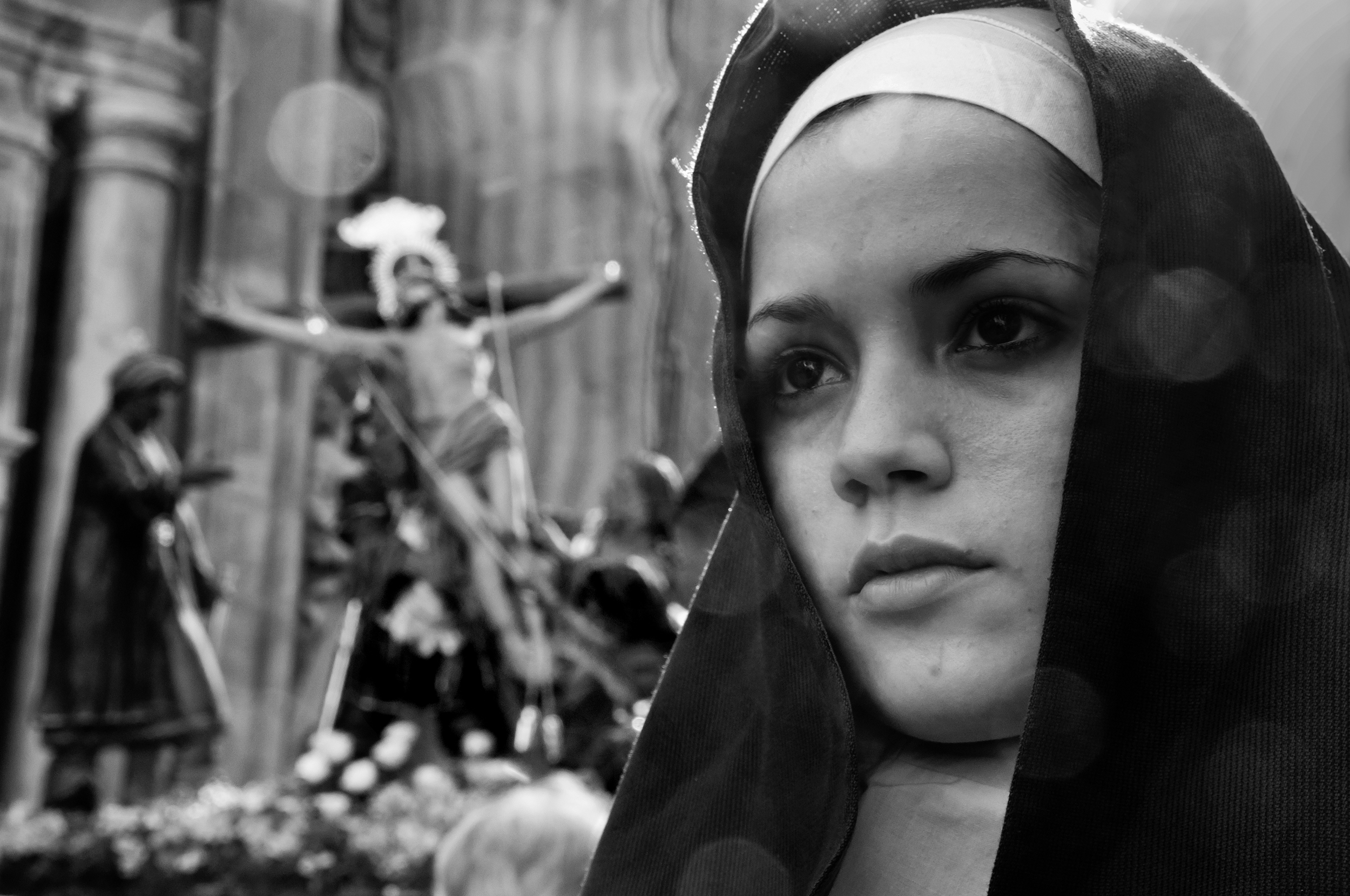
Giancarlo Rupolo

Interview with Giancarlo Rupolo
MIFA 2017 Winner “New Talent of the Year”
What themes guide your work and process?
I have always loved and made social reportage photography where I try to highlight the emotions that are being experienced by the subject.
Can you take us back to the time you discovered your passion for photography?
I started photography in 1977, but my real passion started with my first photographic reportage in February 1990, when I went to Romania two months after Nicolae Ceauşescu’s murder, to document it.
What kind of photography do you identify with?
My photography has been influenced by workshops made by war photographers such as Paul Lowe, Romano Cagnoni and social photographers like Ernesto Bazan. That’s why my way of photographing is based on the documentation of situations that force us to meditate on problems and moments of modern life, even if they are often sad and painful.
Can you share with us your overall experience in photography?
In addition to the reportage in Romania, I have documented other situations including the circumcision of a Muslim Albanian child in Macedonia, life in the Roma camps of Tirana in Albania, the work of a healer, the life of a farmer in the Akonolinga forest in Cameroon, time inside prison, the desolation of Chernobyl and Pripyat in Ukraine, the sorrow of women of Srebrenica, Orthodox Easter in the region of del Mures in Romania, concentration camps all over Europe and mass movements during religious events .
What is the story behind your winning MIFA entry?
The winning work represents emotions, social and spiritual situations during a religious procession in Trapani, Sicily, as part of a much wider work about sacred events. For its emotional power, I wanted this picture to be judged by a great international jury.
Please share your packing essentials for a day in the field.
As I photograph people and work very closely with each subject, I need minimal equipment to move freely; I use short focal lengths and a full-frame Nikon camera with a stabilized 24-70 f2.8 zoom. I always keep a small Nikon 7100 in my spare pocket but never use tripod and monopod.
What kind of equipment do you use now, and what did you start with?
My current equipment consists of a Nikon D 700 full frame body with Tamron 24-70 f2.8 lenses, a Nikon 24-120 lens and a set of 24 mm, 35 mm, 50 mm fixed lenses and a Nikon body D90 DX with a dedicated Tokin optics 11-16 f2.8 a Nikon 18-200 optics and a small Nikon 7100 camera.
If you could choose an occupation other than photography, what would it be?
Now I’m retired but I wouldn’t change anything. I worked as a chemist in a cancer research centre with great satisfaction for thirty-five years, and I would do that again.
What is your advice to emerging photographers?
To those who start taking pictures, I would recommend following two concepts of the great masters who have marked my photographic journey:
“You’re not just taking a picture, but you’re inserting all the images you’ve seen, the books you read, the music that you listened to and the people you loved. ” (Ansel Adams). “If your photos are not good enough, it means you’re not close enough to the subject” (Robert Kapa)